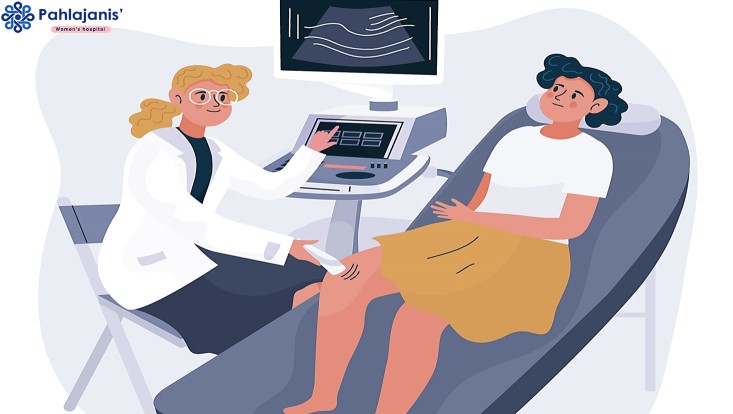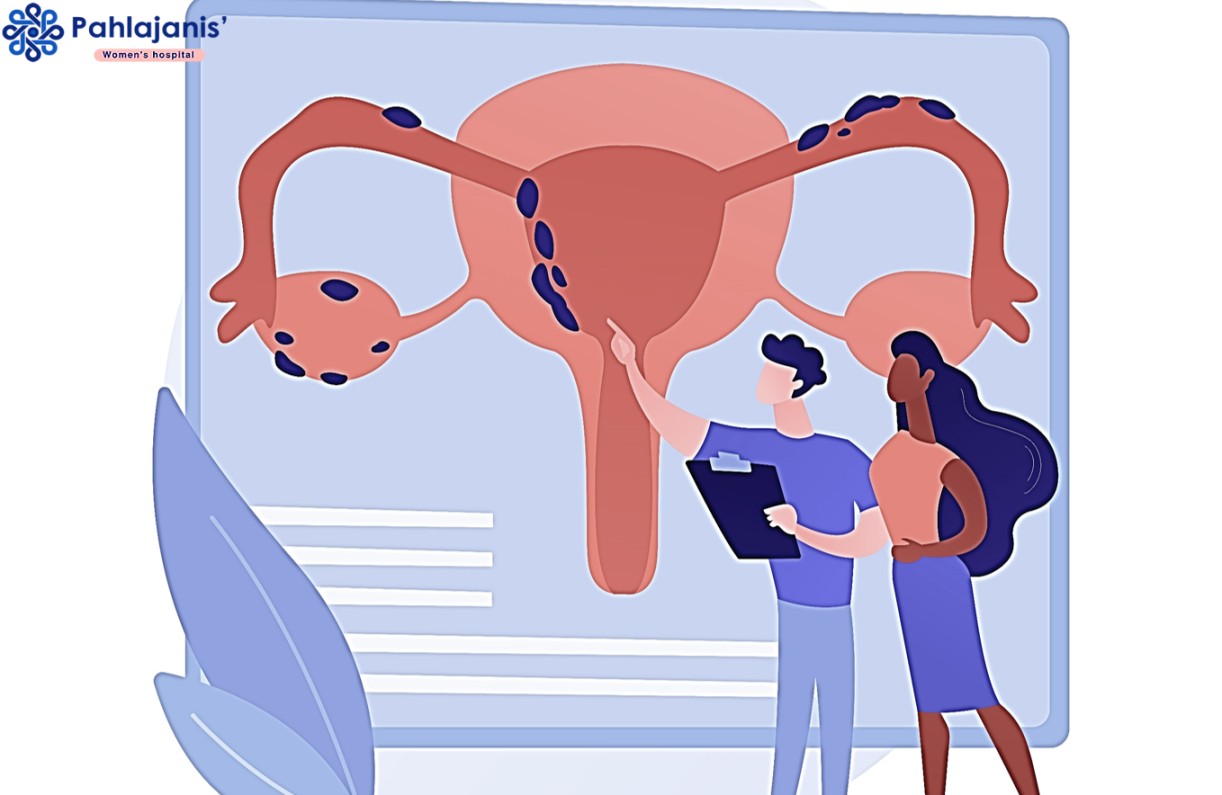Hysteroscopy has emerged as a considerable device in any girls’s surgical treatment practice these days because of its diagnostic and healing fee inside the treatment of a few conditions affecting the uterus. It allows the doctor to see the internal of the uterus with accuracy, therefore identifying causes of complaints inclusive of peculiar vaginal bleeding, fibroids, polyps and others. It has consequently changed the technique utilized by gynecologists in managing the uterus by imparting ladies with more secure and powerful treatment procedures.
What is Hysteroscopy?
Hysteroscopy is the act of the usage of a hysteroscope, an optical fibre connected to a skinny lighted tube that is surpassed thru the vagina and the cervix into the uterus. It offers the medical doctor a stay view within the uterus and enables stumble on illnesses that cannot be seen from different imaging which includes ultrasound or MRI. The system is usually achieved in a physician’s office or an outpatient middle and it can be used for both diagnostic and surgical reasons.
Why is Hysteroscopy Performed?
Several reasons make patients undergo hysteroscopy as recommended by their doctors. One of the earliest and most often used is to evaluate unusual vaginal bleeding that may recommend a huge range of problems from hormonal issues to greater risky ones such as endometrial cancers. Through hysteroscopy, the physician can see the internal of the uterus and locate the motive behind the bleeding, it may be because of polyps, fibroids or something else.
It also plays an important role in the management of infertility. In cases like those of a woman who has had one or several miscarriages or cannot get pregnant, hysteroscopy can show if there are things like adhesions or a uterine septum that may be problematic for conception. Since with hysteroscopy, these problems can be visualized and in some instances, resolved during the same surgery the chances of conception are improved.
Looking at the surgical interventions, hysteroscopy is highly effective in various diagnoses and for several procedures as well. It enables the removal of such things as polyps, fibroids, and adhesions with increased accuracy and reduced pain. Compared with more aggressive forms of treatment hysteroscopy does not involve extensive incisions thus minimizing post-operation recovery time as well as probabilities of middle and long-term complications.
Preparing for a Hysteroscopy
Preoperative preparation for hysteroscopy is not very extensive and complicated as seen below. Depending on the form of process whether diagnostic or surgical, the health practitioner will issue unique and clean instructions. There are cases where you could be requested to abstain from eating meals earlier than the procedure, mainly in case you are scheduled to be put under general anesthesia. Some doctors also prescribe the use of medication to help in the cervical ripening that permits the insertion of a hysteroscope into the uterus.
Another factor to consider is the time when a hysteroscopy is scheduled to be done. It is commonly carried out several weeks after the last menstrual cycle as the endometrial lining is thin thus making an examination easier. This is especially important if you have any conditions that will require certain medicines or if you have to take any prescribed medicine at all.
The Hysteroscopy Procedure
During a hysteroscopy, you may misinform your lower returned together with your feet in stirrups, much like a pelvic examination. The doctor will insert the hysteroscope via the vagina and cervix into the uterus. The uterus is commonly filled with a saline way to make bigger it, supplying a clearer view of the uterine lining.
As the health practitioner examines the uterus, they may pick out and deal with any troubles located. For example, if polyps or fibroids are a gift, the health practitioner might also do away with them using small devices inserted via the hysteroscope. This ability to diagnose and deal with during the same method is one of the vast blessings of hysteroscopy.
The process generally takes between 10 to 30 minutes, depending on its complexity. Most ladies revel in the simplest slight pain, just like menstrual cramps, all through the manner. However, if a more enormous surgical intervention is wanted, general anesthesia may be used, and the restoration time will be longer.
Recovery After Hysteroscopy
Patients don’t experience many side effects and recovery from hysteroscopy is usually smooth and short. It is normal to have slight pain in the abdominal area, vaginal bleeding or light bleeding and slight discharge a few days after the operation. Any soreness usually subsides with ordinary pain medicines that are widely available, such as ibuprofen.
There are precautionary measures to observe is that one has to avoid using tampons do not use douche or having sexual intercourse for a few days after the procedure to avoid infections. It will also be a wise decision to seek the advice of your doctor so that your doctor will set down rules for you based on your condition. From the responses of the women, it was evident that most of them can be able to carry on with their business after maybe a period of one to two days but depending on the procedure that was conducted on them, it may take some time to heal.
Benefits and Risks of Hysteroscopy
Hysteroscopy offers numerous benefits. Less invasive than open surgery, thereby entails low morbidity, shorter periods of convalescence, few complications after surgery, and brief hospital stays. Besides, since hysteroscopy allows for both a diagnostic and an easily therapeutic procedure to be performed such that several operations may not be necessary, hysteroscopy may be cost-effective.
However, this is commonplace in any surgery and therefore hysteroscopy is not an exception and comes with certain risks. These are infection, heavy bleeding or Uterine injury. These risks are small, and their occurrence is remote especially when the procedure is undertaken by a qualified gynecologist. One should be open with the doctor especially if he or she has any questions or fears about the procedure.
Hysteroscopy at Pahlajanis’
Pahlajanis’ Women’s Hospital is the leading provider of women’s health especially in gynecology, ensuring proper treatment even using hysteroscopy for the benefit of women’s uterus. Through a team of experienced gynecologist doctors and the use of medical facilities, Pahlajanis’ offers treatment for various health concerns including; abnormal uterine bleeding, fibroids and infertility. The hospital’s focus on using minimum invasive procedures guarantees that the patients get correct diagnosis and treatment with little to no pain and without having to spend a lot of time in the hospital recovering.
Conclusion
Modern gynecology cannot imagine its work without hysteroscopy, which allows women to improve the quality of their uterine health without suffering from statistically significant complications. No matter the case whether it is a complication of abnormal bleeding, infertility, or other complications involving the uterus hysteroscopy offers a clear and excellent approach towards solving these problems. At Pahlajanis’ Women’s Hospital, this procedure is done with a lot of care and attention to detail so as not to neglect any of the women who seek our services. In deciding to take hysteroscopy at Pahlajanis’, you are in the process of enhancing better health and improved well-being.





